How Drive Thresholds, Nerves, and Drive Interaction Affect Protection Training
This article is designed to follow my article on Understanding the Drives of Protection Work. If you have not read that article or if you don't understand prey drive, defensive drive, fight drive, and avoidance, then you will want to refer to that article.
This article came directly from my training video titled The First Steps of Bite Training. If you like this information and want to go further with your training, get that video.
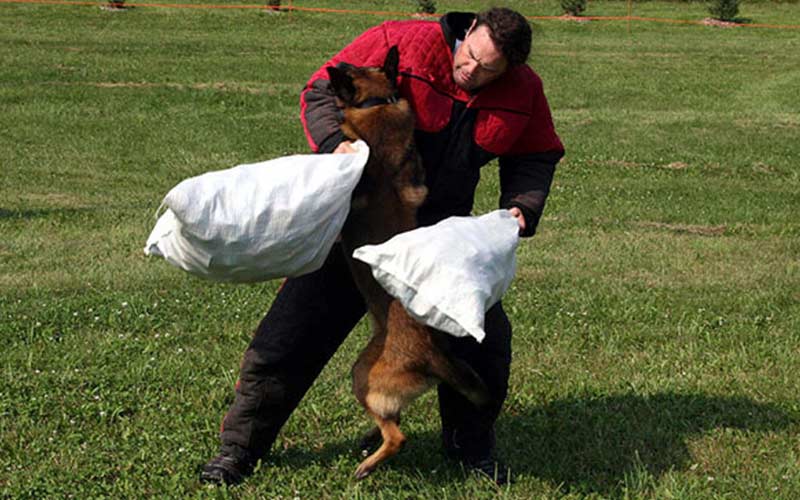
Drive Development and Interaction
Just about the time you think that you are beginning to understand the various drives to work in protection training, I am going to throw a curve and bring up “drive interaction.” How drives interact with each other produces our dog's temperament.
Understanding drive interaction is an important part of all dog training. If you are going to train protection dogs, you are going to have to understand how to manipulate drives to accomplish your training goals.
A helper or agitator is going to have to learn to change his training techniques so the dog reacts to him in different drives according to where the helper wants him to be at that point in training.
A good example of drive interaction is fight drive. Fight drive is the product of drive interaction. Fight drive is the result of a good foundation in prey drive development in combination with the experience gained by a good foundation in defense. When that happens, we have fight drive.
Without drive development and drive interaction in these two areas—prey and defense—we would never have fight drive. A dog with a weak prey drive or just as importantly a dog that has not gone through prey drive development will become a hectic dog in defense training. This is because it has not learned the skills of bite work, nor has it learned how to relieve the stress of defense through prey drive work. Another way to put it is that there is nowhere to go in the dog's temperament to allow it to relieve the stress of defense.
I am often asked by puppy customers if my dogs will protect them when they are adults. My answer to this is, “I can give you a dog with the correct genetic make-up to do this work, what you do with him after you get him determines if he will protect you.”
I compare this to Michael Jordan (the basketball player). When his son is 20 years old will he be able to play NBA basketball? The answer is no, not unless he has been trained as a young boy. He certainly has the genetic make-up to play ball, but unless he has been trained and his natural drives developed into basic skills, he could never play professional ball. The same goes for good puppies. Without drive development and later training, you just end up with a nice pet.
Drive Thresholds
Understanding drive thresholds is also not an easy concept. A drive threshold can be defined as the level of stimulation required for a drive to change.
Let's use defense and avoidance as an example. The lower threshold of defense is the point where the dog begins to understand that it is being threatened and begins to bark with a serious defensive bark. We call this point the lower threshold. The upper threshold is the point where the dog is stressed to the point where it begins to show signs of avoidance. Here it may take a step back or get behind the handler or look away from the helper and ignore him or display a number of other signs of avoidance.
We say we have reached a drive threshold just before the dog moves into defense and just before it moves into avoidance, or just before the intensity level changes within a drive.
Drive thresholds vary from dog to dog depending on the dog's nerves. A dog with good nerves has a higher threshold than a dog with weak nerves. Weak-nerved dogs have a low threshold for defense. These dogs are very quick to get their hair up on their back and bark at people.
Dogs with low defense threshold (weak nerves) make good alarm dogs for a home. These dogs bark at the slightest noise outside. Dogs with strong nerves do not perceive a small noise as a threat so they have a higher threshold for defense. It takes much more stimulation to get the strong-nerved dogs interested in barking.
Strong-nerved dogs can be trained to get more interested in outside noises by showing them that a small noise outside is often followed by an attack on the dog or handler. This changes their perception of what that noise means.
Here is a point where many people get lost in understanding drives and nerves: Some dogs can have strong drives but weak nerves. I have seen this with Malinois. Some have intense prey drive, they bite like alligators, but the same dog has thin nerves. When they get around something a little strange, they shy away from it.
These dogs can be difficult to train. New trainers identify the problem as a dog that is easily distracted or a dog that hates slippery floors and other strange things in the environment. This problem often shows up in tracking. These dogs have a difficult time concentrating on a track because their nerves are weak. They get too concerned about other pressures.
Weak-nerved dogs can be trained in Schutzhund but they require special training and are limited in where and how they compete. They can usually only be shown on a field that they have a lot of experience in and where they feel comfortable working. These dogs can learn to do the protection work through repetition with the same helper, in the same environment with the same training exercises.
When one or two of these three things change, (a new field, a new helper, or more pressure in an exercise than normal), it affects the nerves of the dog and therefore his threshold for avoidance comes down. The image of these lower thresholds will vary from dog to dog. Some will have a weaker bite, some will do a lot of insecure growling on the sleeve, and some will go outright into avoidance and run under the courage test.
These very same dogs, when shown on their own field, will not show any signs of avoidance. That's because they have been conditioned to not feel threatened in their home environment. They have learned that they can deal with the situations that face them in their home training field.
When we get into training defensive drives, both the handler and helper are going to have to understand drive thresholds.
If you really want to learn about this type of work, I recommend that you look at the video I did titled The First Steps of Bite Training. It goes into a great deal of detail on the training steps for young dogs in bite work and the proper way to take them through bite development.




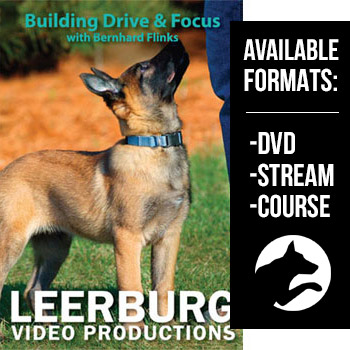

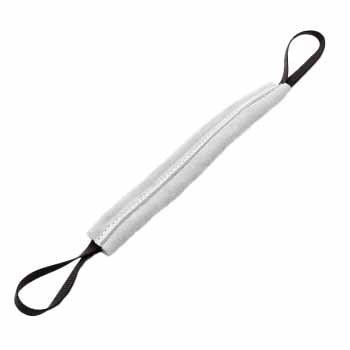
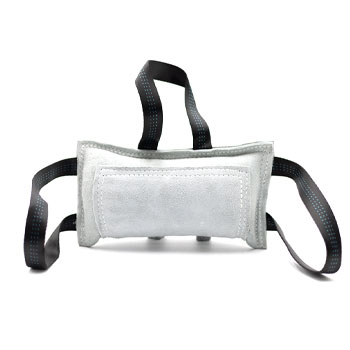
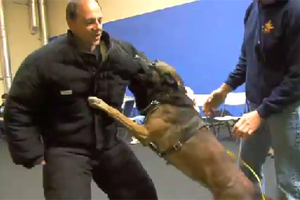

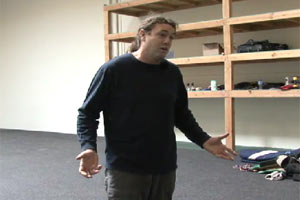
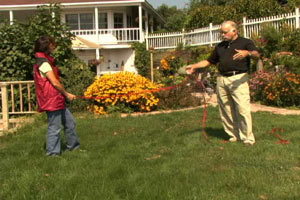
Ask Cindy.